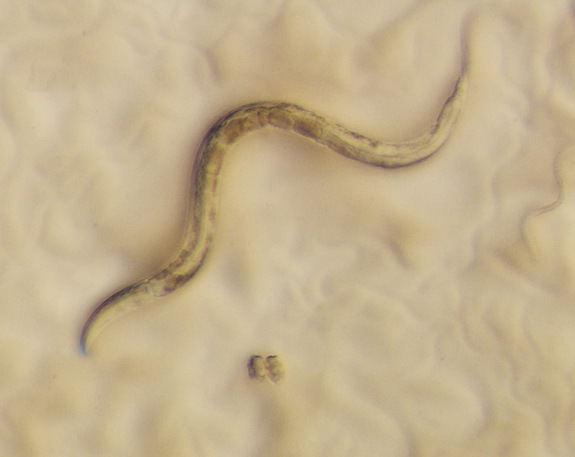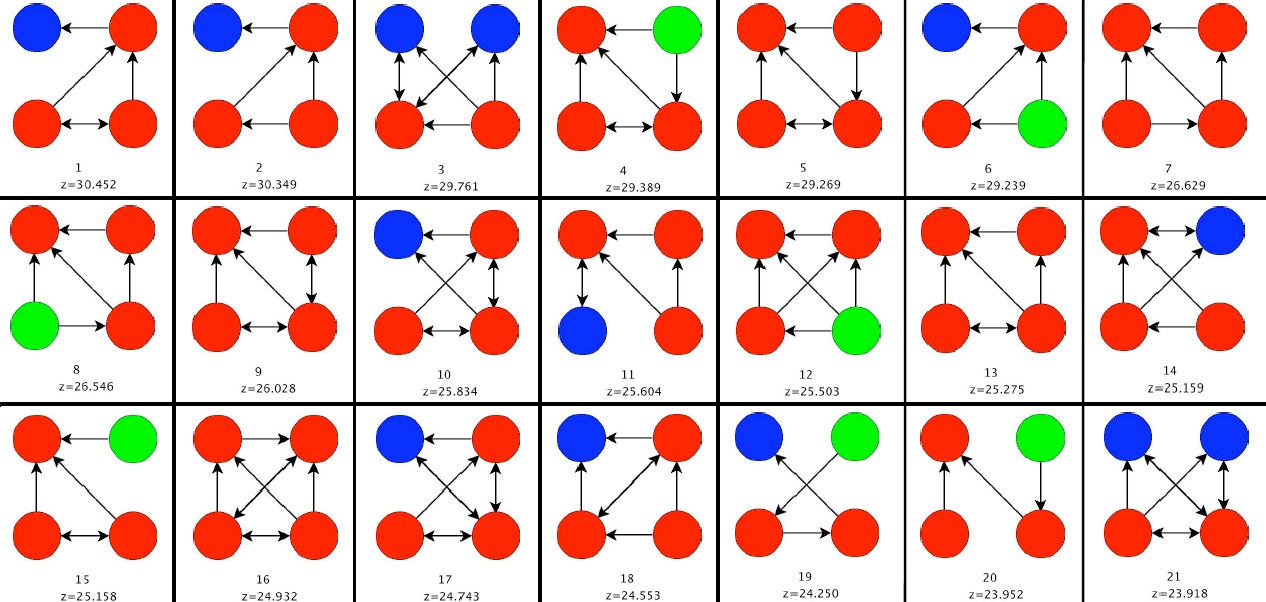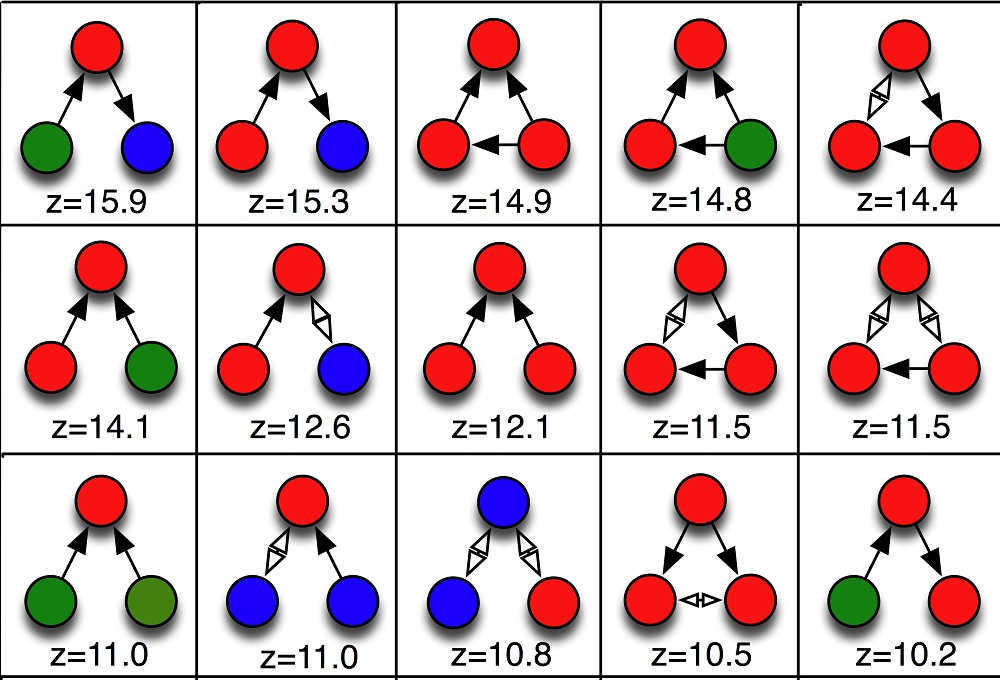Behind The Scenes: Understanding the Brain as a Computational Network

This Behind the Scenes article was provided to LiveScience in partnership with the National Science Foundation.
Though the brain may seem impossibly complex, it can be understood as a network, much like computer chips or the Internet. A new analysis in the journal PLoS One has described the workings of a worm's nervous system as patterns involving the connections among nerve cells with different functions.
Unlike the human brain, the microscopic roundworm Caenorhabditis elegans has a simple nervous system consisting of only 302 nerve cells. Even so, this worm is used as a model for understanding neurological disorders and the human brain has its origins in such simple nervous systems.
The team from Keck Graduate Institute, Michigan State University, and the BEACON Center for the Study of Evolution in Action combined two different kinds of information—the known function of each nerve cell, and the map of connections between these cells—to decode how the cells work together to perform the worm's life functions.

The entire network can be divided into smaller subnetworks, or "motifs." Discovering which motifs are overrepresented in the larger network, and which ones rarely or never appear, give important clues to the way the network functions.
This technique has been applied to the worm's nervous system in the past, but it "ignores that each node in the network can have very different functions, so two motifs that have the same connectivity could perform very different functions in the network," said Christoph Adami, a BEACON scientist who directed the study.
To improve the technique, the researchers used colors to represent three types of neurons: sensory neurons were colored green (86 neurons), motor neurons, the most common, were colored blue (114), and the interneurons that communicated between them were colored red (80). They then examined which colored motifs appeared most often, and where they appeared.
Sign up for the Live Science daily newsletter now
Get the world’s most fascinating discoveries delivered straight to your inbox.
The results make sense: motor neurons are typically on the receiving end of the signals, while sensory neurons do most of the sending. The most common chain involved just three nerve cells: sensory neuron to interneuron to motor neuron, which allowed the worm to quickly react to external stimuli.

Those motifs, and others that would produce movement, are especially important in the worm's locomotion network. Among the common motifs, the researchers did not find longer, unidirectional chains with more than a few inter-neurons, which highlights the importance of fast communication within the nervous system. Also absent from the brain were nonsensical connections, such as a motor neuron sending information to a sensory neuron.
The role of evolution in producing these patterns is clear, said Adami. "Selection favors those motifs that impart high fitness to the organism, and suppresses those that work against the task at hand."
In this way, the efficient and highly functional motifs (such as the sensory neuron - inter-neuron - motor neuron motif) are very common in the nervous system, while those that would waste energy and give no benefit to, or even harm, the animal are not found in the network.
Editor's Note: This research was supported by the National Science Foundation (NSF), the federal agency charged with funding basic research and education across all fields of science and engineering. Any opinions, findings, and conclusions or recommendations expressed in this material are those of the author and do not necessarily reflect the views of the National Science Foundation. See the Behind the Scenes Archive.










